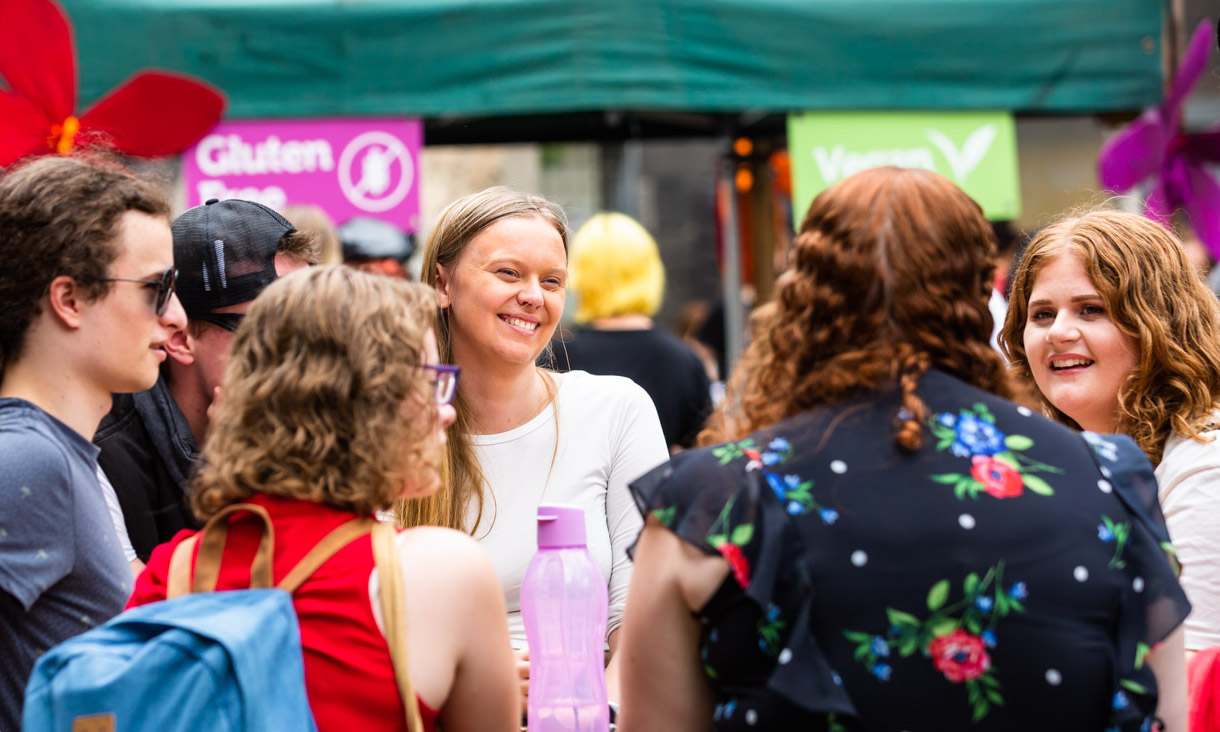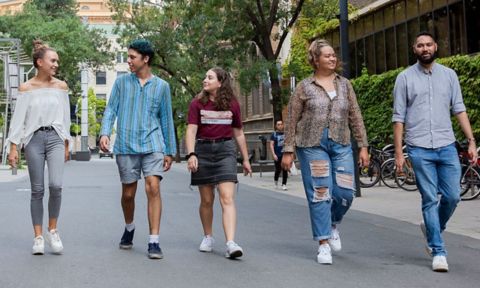Year 10 is a great time to soak in all the information that starts to roll in and keep it in your back pocket. It’s an exciting time when your child will start being exposed to their future options, their interests and strength areas may become more apparent, and work experience will allow them to see what the working world is really like.
Subject selection for VCE will happen later in the year, so begin Year 10 by starting conversations with your child and gathering up resources to start your preparation.
University Open Days and expos are great places to seek advice on subject selection, so head to one of these with your child to kickstart the conversations.







